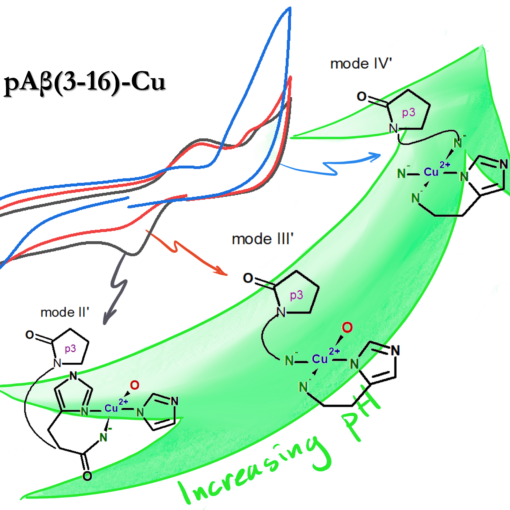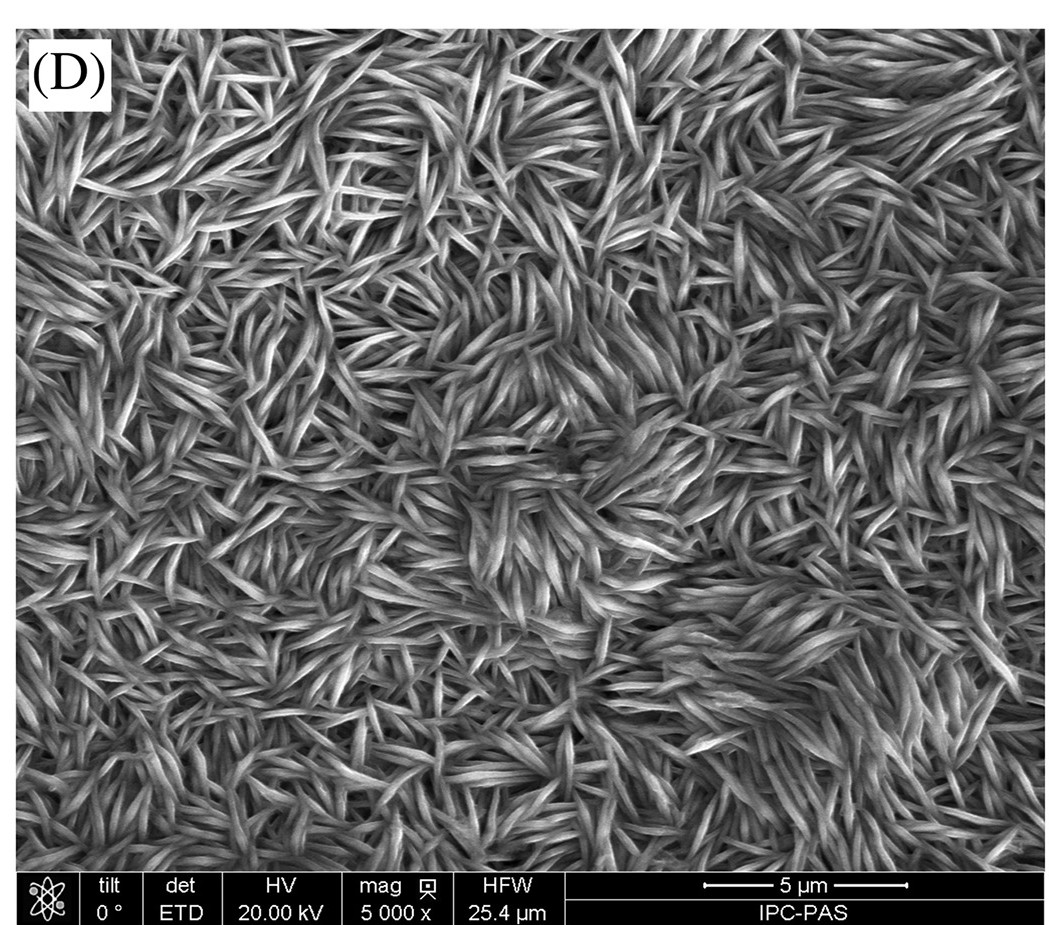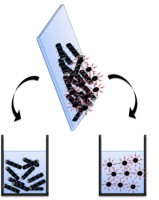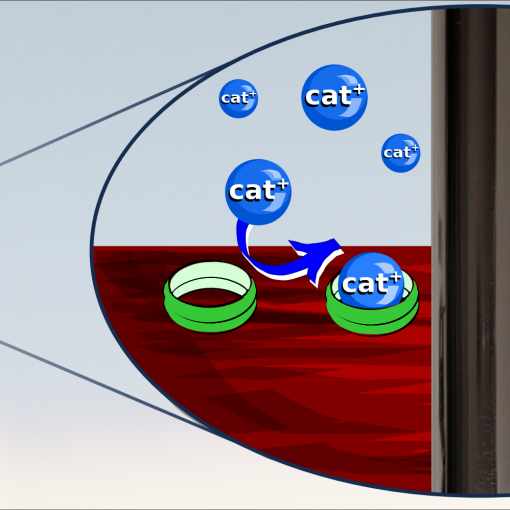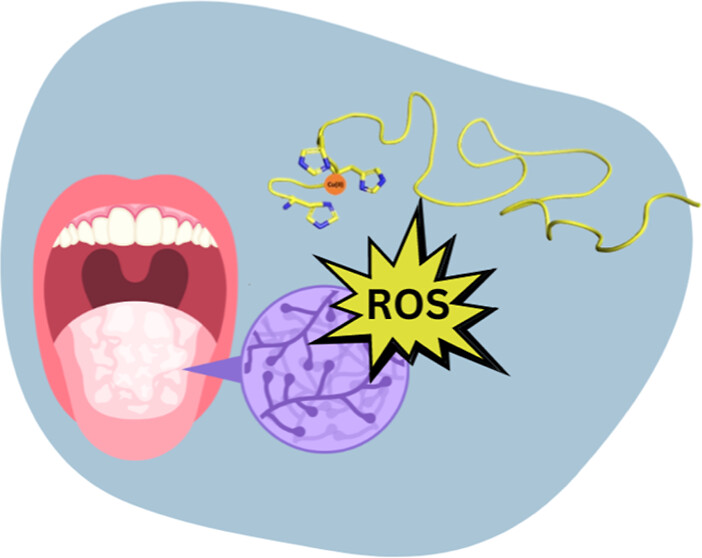
Peptides is Magda’s favourite topic. So far, she has mainly focused on beta-amyloids. However, in cooperation established with the University of Wroclaw she has had the opportunity to study a new group of peptides. In our new article1 published with Joanna Wątły’s group this is motivated by “[t]he necessity to move away from conventional antibiotic therapy [which] has sparked interest in antimicrobial peptides (AMPs).”
One fascinating example of such antimicrobial peptides is CCL-28, produced by acinar epithelial cells in the salivary glands. This peptide can also be released into the oral cavity with saliva, where it is thought to play a crucial role in oral protection. The C-terminal domain of CCL-28 possesses antifungal and antibacterial properties, but there are also indications that the potency of AMP can increase when it form metal complexes with Zn(II) or Cu(II).
Because of the analogy with the Cu(II)-β-amyloids that Magda has studied before, she was asked to perform electrochemical characterisation of the AMP-metal complexes. Such studies allowed her to better understand what kind of redox reactions the studied complex can undergo and thus what the mechanism of action of the CCL-28 peptide is. The cyclic voltammetry proposed a probable antimicrobial mechanism of the studied Cu(II) complex through the formation of reactive oxygen species. The presence of ROS was also confirmed by tests with ascorbic acid in UV–vis and fluorescence spectroscopic studies.
- K. Szarszoń, N. Baran, P. Śliwka, M. Wiloch, T. Janek, J. Wątły
Bioinorganic Chemistry Meets Microbiology: Copper(II) and Zinc(II) Complexes Doing the Cha-Cha with the C-t-CCL-28 Peptide, Dancing till the End of Microbes, Inorg. Chem. (Accepted). (link – OA)

